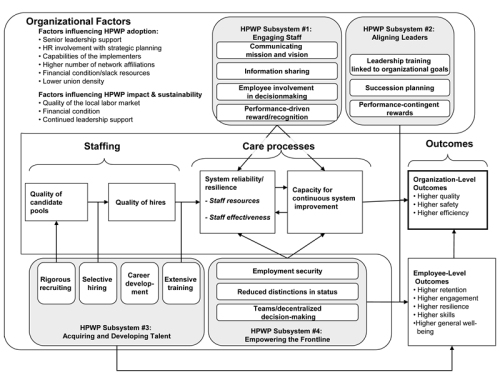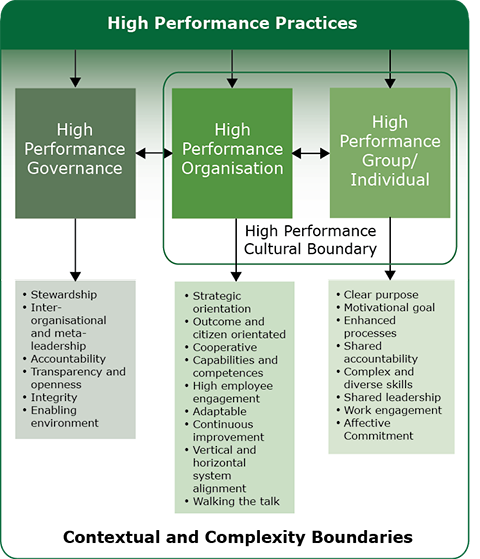In much of the developed world, and particularly Australia, small to medium sized manufacturing businesses are in decline. However, the manufacturing landscape is not all ‘doom and gloom’ there are always a few organisations that are developing and performing well above the trend. This blog will suggest the ‘high performance work practices’ used in many of these high performance manufacturing businesses are directly transferrable to project teams.
Research has shown a correlation between High Performance Work Practices (HPWPs) and ways high performing manufacturing SMEs tend to operate. HPWPs are a set of management tools and practices that help get the best out of an organisation and its employees, creating business success. The practices are divided into three broad areas, developing and encouraging:
- Knowledge, skills and abilities;
- Motivation and effort; and
- Opportunities to contribute.
HPWPs manifest in five interlinked organisational outcomes:
- Self-managed work teams.
- Employee involvement, participation and empowerment.
- Total quality management.
- Integrated production technologies.
- The learning organisation.
Whilst some of the specific tools are unlikely to be directly translatable to many project teams, the key practices are. High performance organisations are focused on motivating their team members (employees), building their knowledge and giving them opportunities to contribute to the success of the organisation. If your team is happy, safe and efficient, you maximise the opportunity for success (see more on team motivation).
HPWPs are not ‘rocket science’; most of the individual concepts are well established in management theory, what’s new is a clear demonstration of the advantages gained by integrating the elements in a coordinated and planned way to drive high performance. (See more on HPWPs).
Achieving this is partially governance, partially organisational management, ensuring the team has the tools and skills to succeed, and that the work environment allows then to work efficiently. The rest is attitudinal, ensuring the team are happy and feel valued, and employing team members that have a positive, collaborative and supportive attitude; leadership is the key, but so is ensuring you have ‘the right people on the bus’ (see more on leadership). It is much easier to teach a person new skills than it is to change their attitude.
Achieving a ‘high performance’ culture is a journey that needs planning; successful manufactures built their HPWP structure incrementally starting small and adding to the practices over time, ensuring all of the elements work together; a similar approach should work for project teams.
The trigger for this post was a recent survey by the University of Melbourne’s Centre for Workplace Leadership that has clearly demonstrated the value of HPWPs in SME manufacturing sector (see: http://www.workplaceleadership.com.au/projects/high-performance-manufacturing-workplaces-study/ ), and as the title suggests, we believe translating these concepts into practical project team management should drive similar successes.


